The Prevention Symbol evolved as a vehicle to educate and motivate young people to participate in creating a world where we recognize the implications of our actions and each take personal responsibility for the stewardship of life on earth. - First introduced on World AIDS Day, December 1, 1993
Language is a virus
One would think the idea of prevention has been around for quite awhile. After all, isn’t it how we have managed to evolve and survive as a species for all these millennia.
The word itself suggests we are endowed with the ability to foretell the future and alter the course of history.
The origins, etymology, of prevention are Latin and seemingly only date back to the early 15th century in English. In Latin praeventus meant to “act in anticipation of.” It is our sense of the ability to think ahead and to hinder something from happening before it actually happens.
We use language, stories and symbols to communicate our experiences of life. Always have, always will. It’s what makes us an evolving creature learning from our experiences, sharing them and hopefully integrating other’s experiences to lead a fulling life without always having to learn from our own mistakes.
This is our shared wisdom. The ability to ask what “if,” and understand the potential “then.” It’s in our nature to elect between the pro and the con. To be conscious of the world around us and our actions.
Maybe this idea started way back before language with our quest for fire…“If the fire goes out, then we will freeze.” Could it be this idea is what helped to engage and enlarge our brains triggering synapses expanding our minds outward to create the noosphere, a shared sense of being.
It was Williams S. Burroughs who in 1962 coined the term “Language is a virus.” Laurie Anderson created an insightful song with the same title from Burroughs words in 1986. Today we are swimming in the notion of “memetics,” Richard Dawkins’ theory posited in 1976 suggesting that cultural information is transmitted among people in a virus-like fashion.
Looking back in history at the all symbols humanity has created it’s very surprising to find there was no “prevention symbol” indicating the notion of prevention, yet.
Art for life’s sake
In the 1980’s humanity was caught off guard by a virus that quickly spread around the globe. We eventually learned through science that AIDS, acquired immune deficiency syndrome, was caused by HIV, the human immunodeficiency virus.
Throughout the 80’s ignorance and blame for immoral behavior fueled the spread of AIDS/HIV. Governments turned a blind eye. As our friends, brothers and sisters contracted this death sentence fear struck.
Pretty soon someone you knew was wearing a red ribbon. The symbol that was adopted to show our loss, and how rapidly it was spreading. The red ribbon became know as the AIDS symbol.
I know, I was wearing a red ribbon back then. My brother had contracted HIV, his friends were dying. We were scared. I wanted to do something, I was compelled to do something.
In 1992 I wanted to thank the local AIDS support group who was working hard to take in those afflicted with HIV/AIDS.
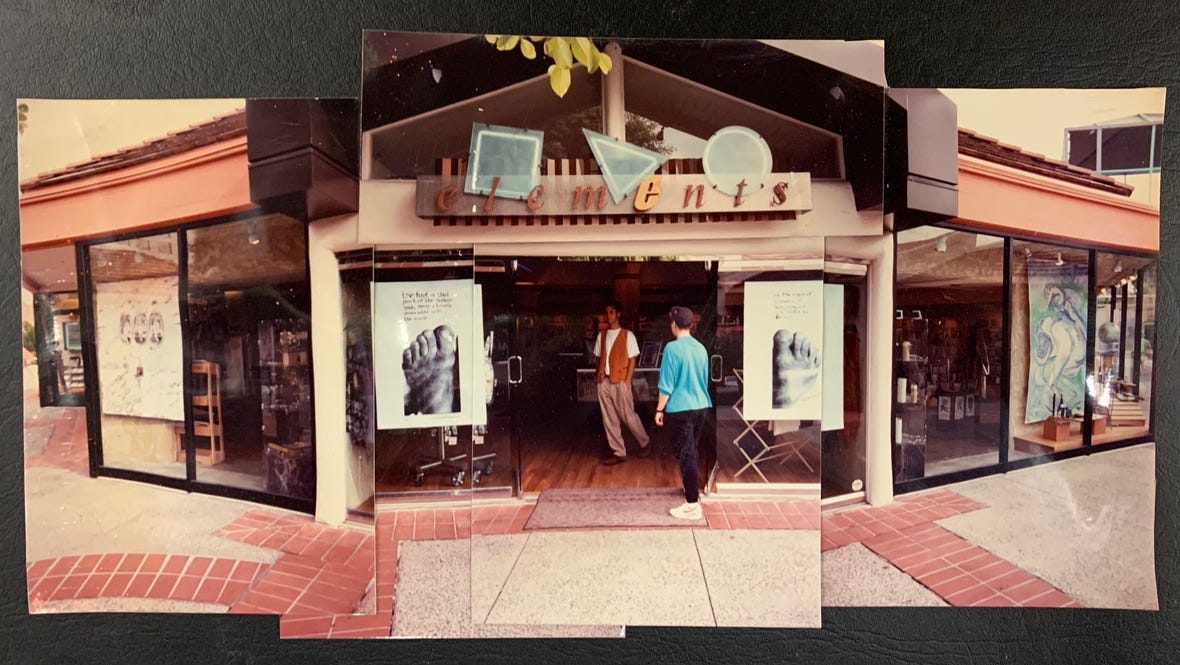
This was still the beginning of the AIDS epidemic when people were in the dark about it, there was a lot of wrong information going around, and discrimination was starting to boil up for those infected.
Having a background in art and marketing communications I felt maybe I could help on the front lines of informing the public and creating a platform for dialog.
This led to the launch of “Art for Life’s Sake” (AFLS) which drew together artists — students, professionals, unknown and known artists who wanted to share their perspectives of how HIV and AIDS impacted them and their thinking.
The marketplace across from UCI in southern California hosted the AIDS walk. They offered us an empty storefront to create the “Art for Life’s Sake” gallery for three months leading up to the AIDS Walk. Artwork, poetry readings and music echoed from the gallery shedding new light on HIV and AIDS.
We were able to generate articles in the media opening up the forum for talking about HIV and AIDS which many local magazines had previously ignored.
One good idea leads to another
AFLS culminated with a big party and fund raiser at a beautiful nightclub featuring a fashion show introducing the fall launch of Armani’s clothing line modeled by the UCI men’s basketball team. We also auctioned off three original drawings by Armani he donated as well as all of the artwork that was in the AFLS gallery.
While we had the gallery going each artist would sit at the gallery as host. One day it was my turn. I watched two students come in with a video camera. They asked if it was ok to record the art while they spoke about each piece.
I told them that was the whole purpose, to help spread the message. Then I asked what the video was for. They proceeded to tell me it was for their high school because they felt the need to better inform their peers as the school was not doing enough.
I then asked what school they went to. Their answer was the same high school I had graduated from years ago. After listening to their frustration I wondered how I would have felt if I was in school during this epidemic with a lack of proper information.
During the following year after the AFLS fundraiser I was working with the Red Cross Peer Educators going to schools speaking on the topic. It was astonishing to me that in the state of California it was legislated for only one hour of education in four years of high school to speak to the topic of HIV/AIDS.
Considering this lack of focus and education, and the fact that we now knew AIDS/HIV was preventable, the red ribbon seemed lacking. It was looking at the past, those who had died.
Introducing the Prevention Symbol
It was time to start fighting fire with fire. We needed a new symbol. We needed to use language as a virus to stop the spread of a devastating virus.
One day I was sitting with Jim Brightwolf, a friend and mentor, having a discussion exploring the power of symbols and how there was a need to communicate AIDS was a preventable disease. Jim drew a circle with a dot in it and a line across the circle and said how about this as a new AIDS awareness symbol? I looked at Jim and immediately declared, “that’s not just an AIDS symbol, that’s a prevention symbol!” — the lights came on right then and there.
As I was working with the Red Cross Peer Educators I took this newly minted symbol to them to see if it would be readily adopted as a tool for communication and education. Not only did they tune into using it for AIDS prevention, it was felt it could address many other risks we are faced within our world.
The Prevention Symbol was first introduced to the public on Worlds AIDS Day, December 1, 1993.
The Prevention Symbol evolved as a vehicle to educate and motivate young people to participate in creating a world where we recognize the implications of our actions and each take personal responsibility for the stewardship of life on earth.
The Prevention Symbol functions as a proactive visual tool to help enable discovery, encourage discussion, trigger thought, convey self-commitment, and define a course of action.
The power of the Prevention Symbol lies in its ability for peer-to-peer communication to help create a familiar framework for interaction, as an agent of memory, and as a metaphor.
All that with simply a circle, a dot, and a line. The three basic elements of design.
Back in the day to get something to go viral you had to make stickers and t-shirts. The first t-shirt I designed with the Prevention Symbol stated, “steal this symbol!” This is my gift to humanity, a labor of love, hope and compassion.
With all that is going on in our world now, like the rise of subtle and not so subtle fascism, accelerating environmental degradation, societal unrest, and never ending wars it sure seems like the world could use a good dose of mindful prevention.





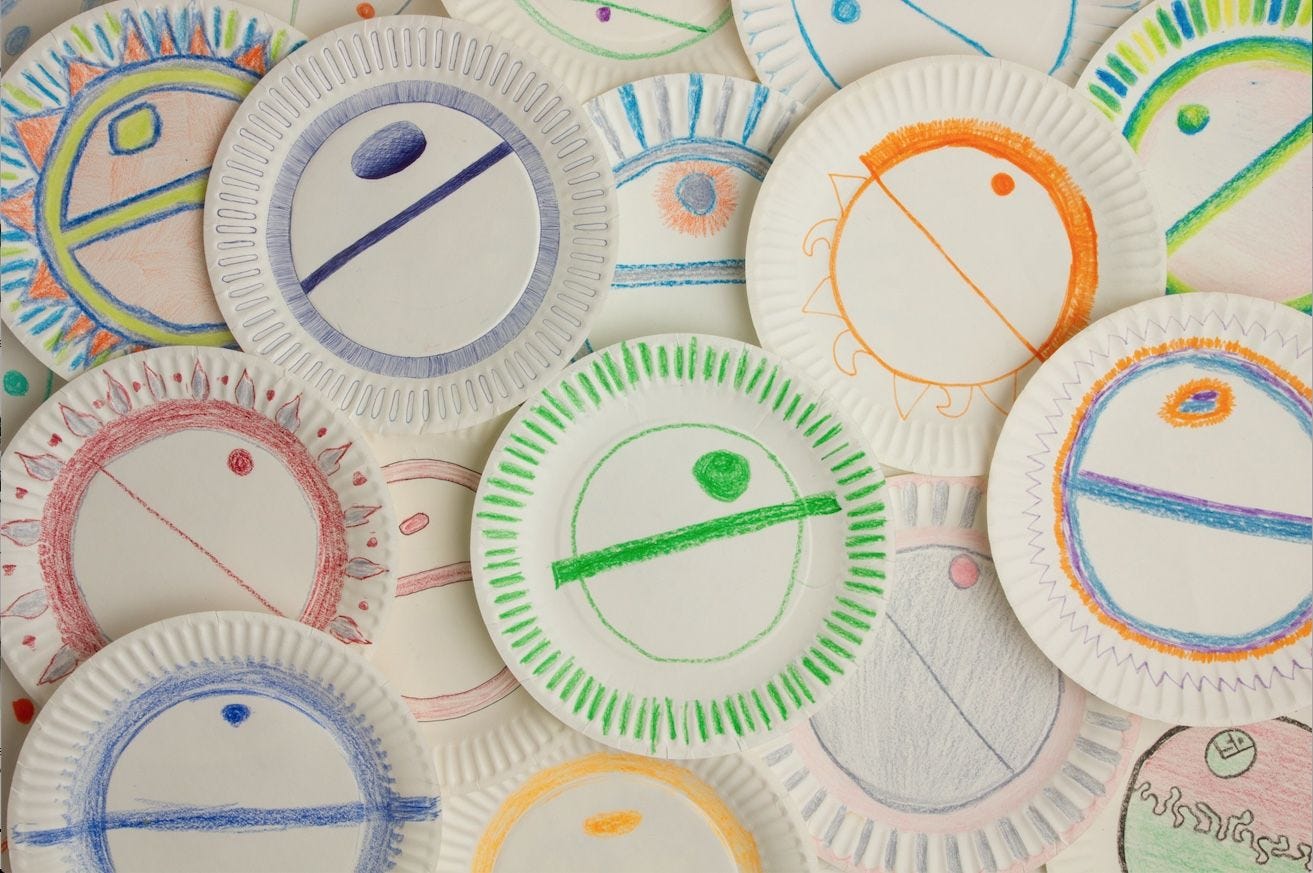


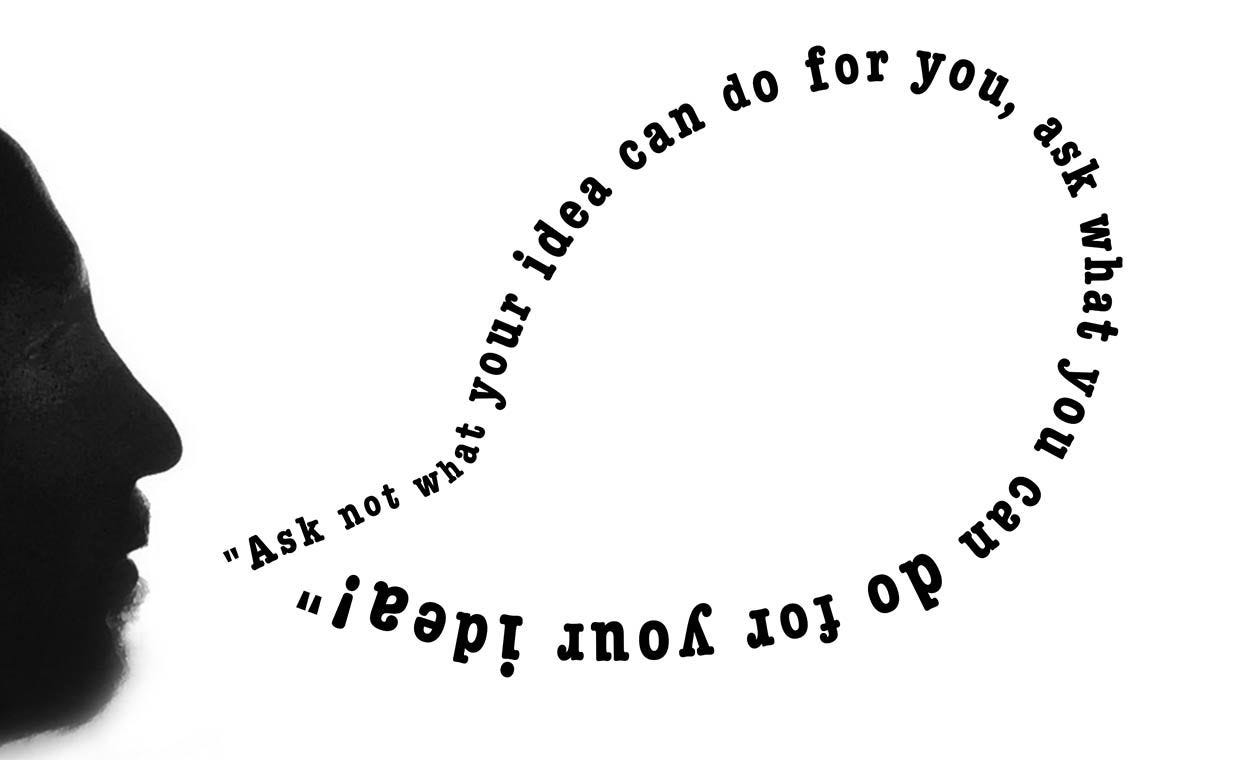
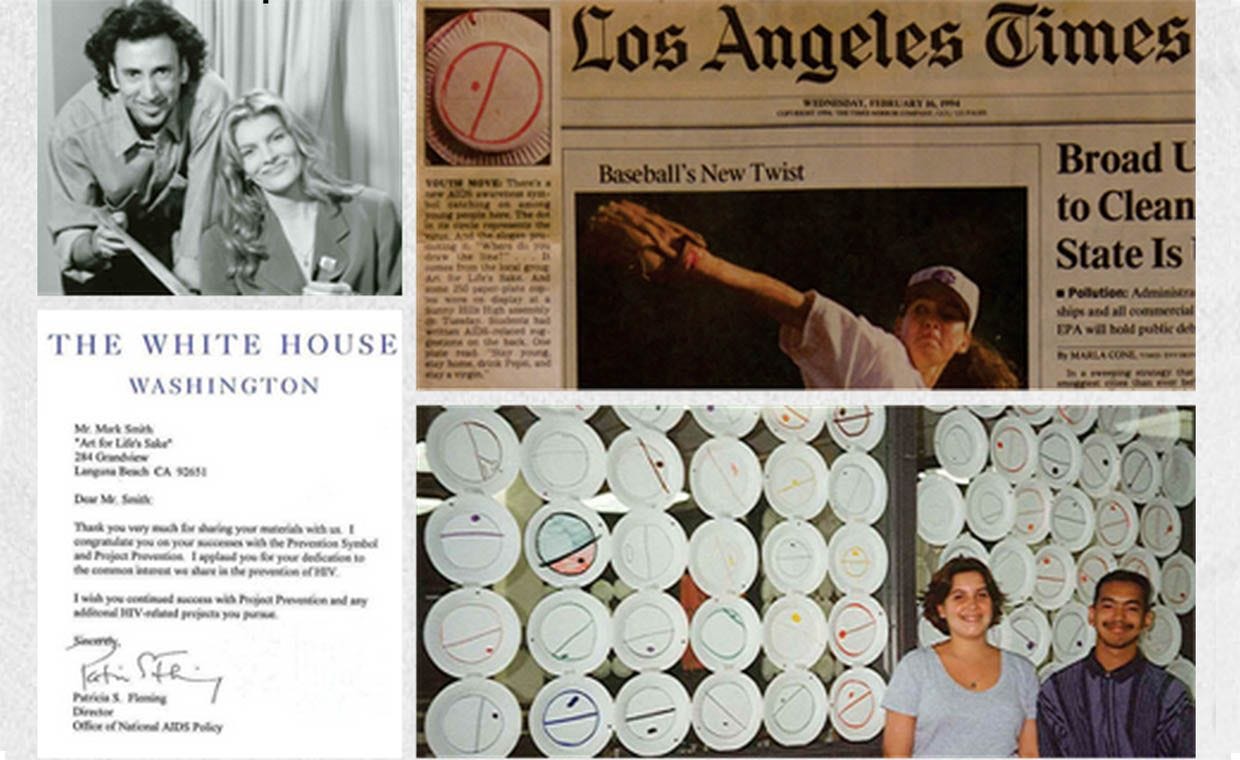
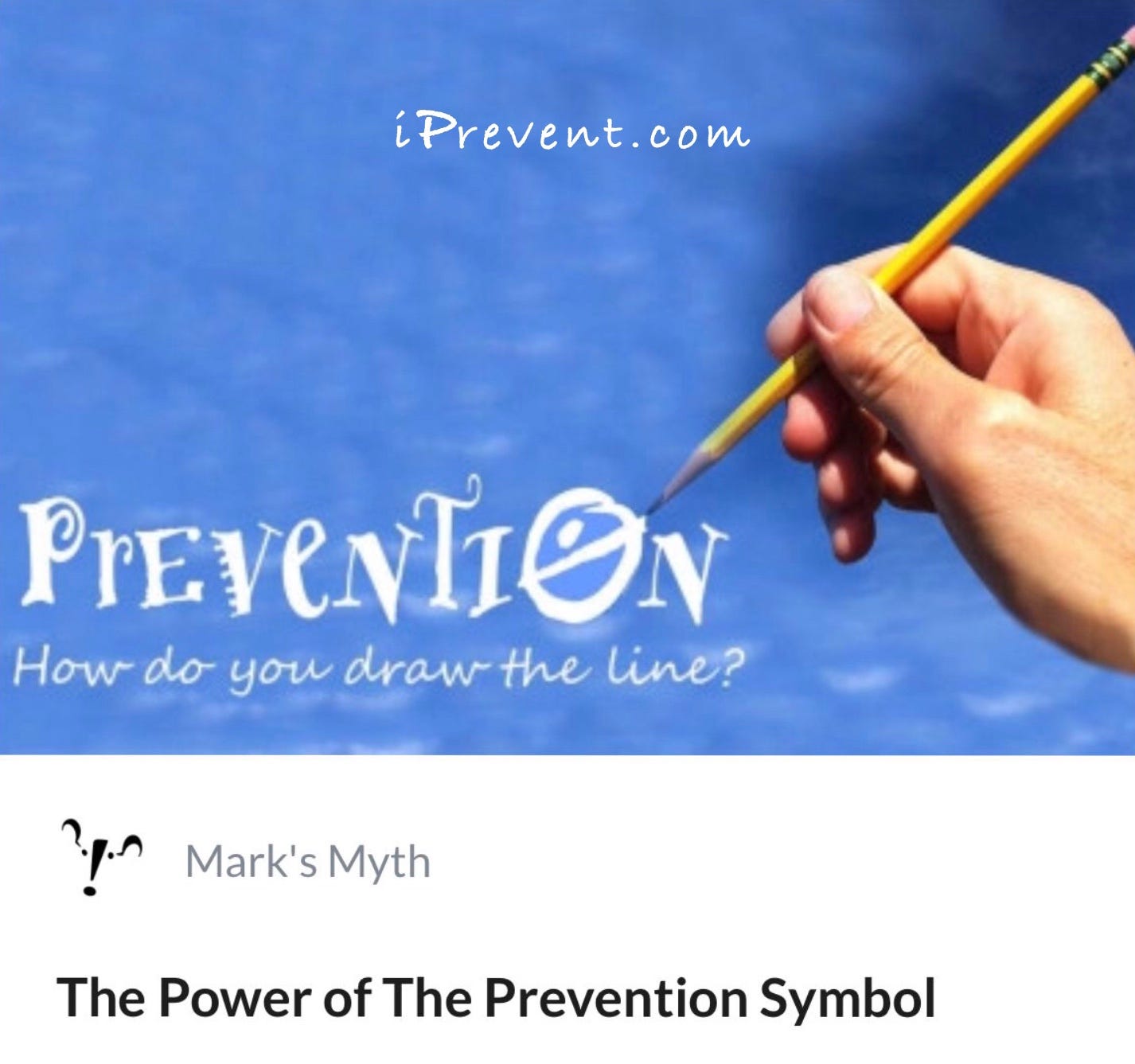
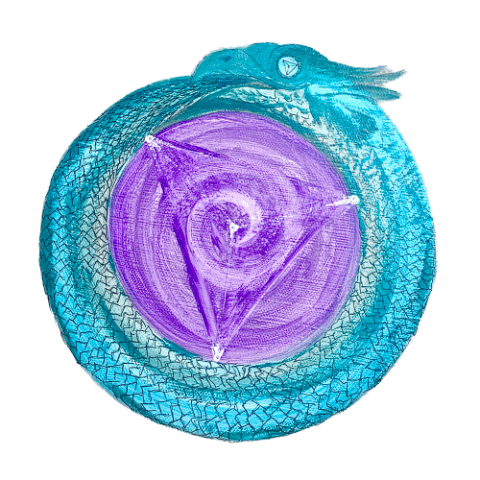


Share this post